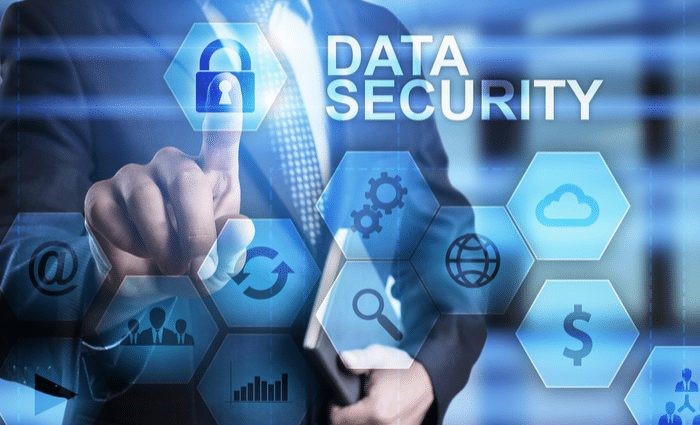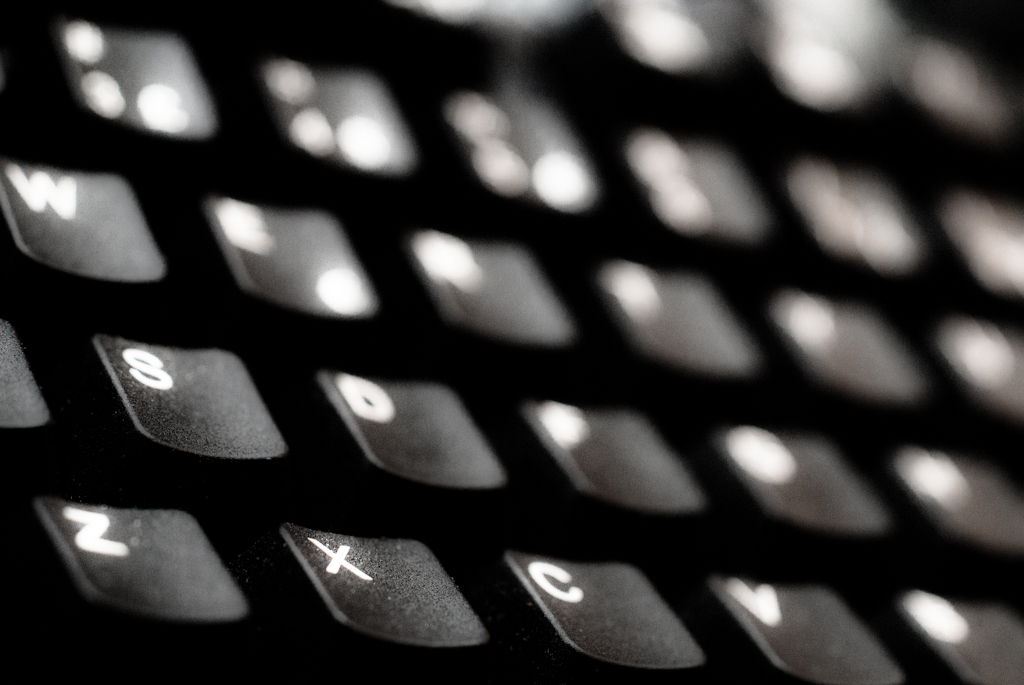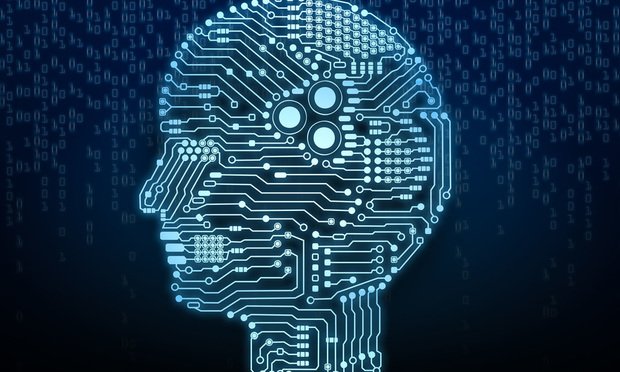By Alyssa Thompson
The legal profession is everchanging. What used to be done with a pen and paper may now be done by typing or even with the swipe of a finger on a tablet. As new technologies flood the market every year, attorney use of technology is increasing.[1] The American Bar Association has even created a buyer’s guide to assist lawyers in staying up to date with new technologies such as email encryption and database storage systems.[2] Technology has also been introduced into the courtroom as computer-based trial presentation programs have become commonplace over enlarged physical photographs glued to foam boards.[3]
Perhaps one of the most fascinating technological innovations within the last couple of years is the use of 3D crime scenes in the courtroom. Some investigators and attorneys are now using virtual reality software to aid in the creation of graphics that appear three dimensional.[4] In order to achieve an accurate representation of a crime scene, investigators have implemented the use of 3D laser scanning technology.[5]
Traditionally, investigators have had to document crime scenes by using still photographs, videos, tape measures and the like.[6] This isn’t a particularly efficient process and it poses the hard task of determining what is relevant in a hectic crime scene that the investigators are only in for a relatively short period of time.[7] On the other hand, 3D lasers are able to capture the complete scene within minutes and are able to eliminate some of the risk associated with investigator error.[8] Several vantage points are recorded, so that the laser can scan all sides of the crime scene and the related objects within.[9] Modern lasers now allow investigators to stitch together the multiple scans immediately, allowing them to see the entire scan before departing the crime scene.[10]
These 3D images allow investigators to return to the scene as it appeared at the time of their arrival.[11] These scanners also bring attention to certain aspects of a crime scene that traditional photography would not likely have picked up.[12] For example, “[b]y changing the intensity values in a point cloud, objects with different reflectivity are revealed, such as footprints in a grassy area…”[13] A point cloud is the data points that return to the laser from the scanned surfaces.[14] Furthermore, 3D lasers pick up even the minute details – from blood splatter to bullet holes[15] – details that the on scene investigator could easily miss in the traditional crime scene investigation scenario.
By using these point clouds created by the scanner, attorneys are able to “bring the jury ‘into’ [the] crime scene.”[16] The scan also generates highly accurate measurements, allowing jurors to get a sense of the spatial layout of the scene.[17] Not only that, but the attorneys have the ability to show the different vantage points of various witnesses so that the jury can determine what the witnesses saw (i.e. whether their view was obstructed or not).[18]
As the use of these lasers becomes more widespread, they will undoubtedly aid juries in their quest to determine the truth of the matter. They give the jury a fair and accurate depiction of a crime scene and because of that, they will be less likely to be persuaded to disregard certain aspects of the scene. In other words, it will give jurors the whole picture – one that is not tainted by a lawyer’s argument.
[1] See Anjelica Cappellino, Technology in the Courtroom: An Evolving Landscape, Expert Institute (June 23, 2020), https://www.expertinstitute.com/resources/insights/evolving-landscape-technology-courtroom/.
[2] See id.
[3] See id.
[4] See id.
[5] See How 3D Scanning Rebuilds Crime Scenes for Courtrooms, GIM Int’l (May 13, 2020), https://www.gim-international.com/content/article/how-3d-scanning-rebuilds-crime-scenes-for-courtrooms.
[6] Id.
[7] See id.
[8] See id.
[9] See id.
[10] See id.
[11] See Fast, Accurate Crime Scene Forensics, Faro, https://www.faro.com/en/Application/Forensic-Analysis-and-Pre-incident-Planning/Crime-Scene-Investigation (last visited Oct. 13, 2021).
[12] See How 3D Scanning Rebuilds Crime Scenes for Courtrooms, supra note 5.
[13] Id.
[14] See What Is A Point Cloud?, TruePoint, https://www.truepointscanning.com/what-is-a-point-cloud (last visited Oct. 13, 2021).
[15] See How 3D Scanning Rebuilds Crime Scenes for Courtrooms, supra note 5.
[16] See Faro, 3D Laser Scanner Positions Jury at the Scene of a Murder 1 (2016), https://media.faro.com/-/media/Project/FARO/FARO/FARO/Resources/2021/01/15/22/31/Case-Study-3D-Laser-Scanner-positions-jury-at-the-scene-of-a-murder-ENG.pdf?rev=4a9e73d03cea43feaf6536a659d38227 [hereinafter Faro Case Study].
[17] See How 3D Scanning Rebuilds Crime Scenes for Courtrooms, supra note 5.
[18] See Faro Case Study, supra note 15, at 3.

Image Source: https://www.gim-international.com/content/article/how-3d-scanning-rebuilds-crime-scenes-for-courtrooms














